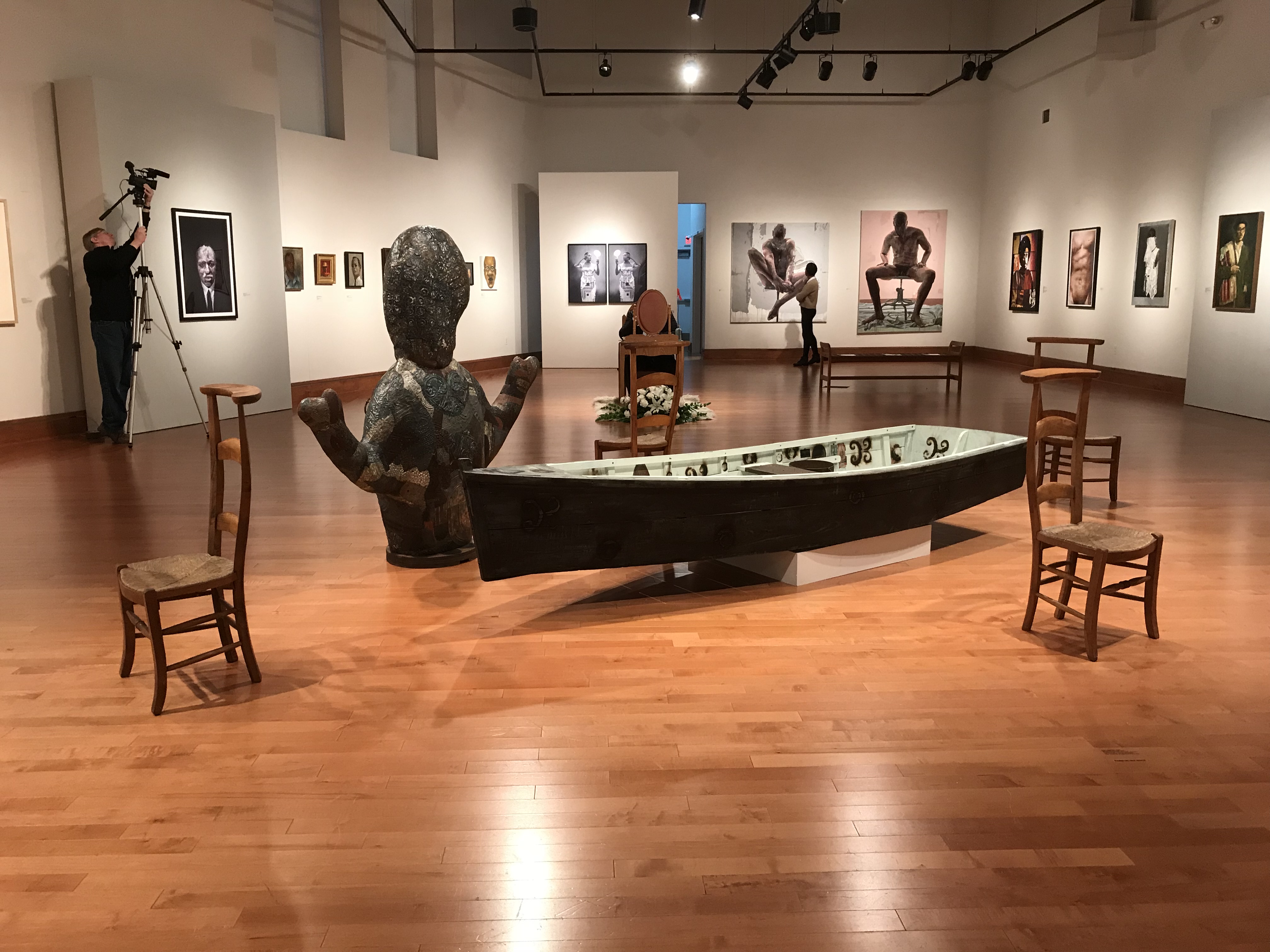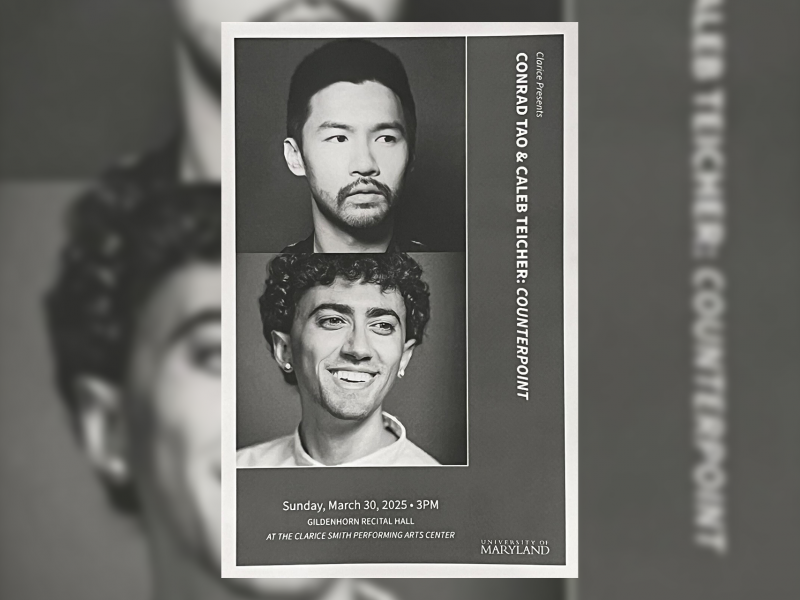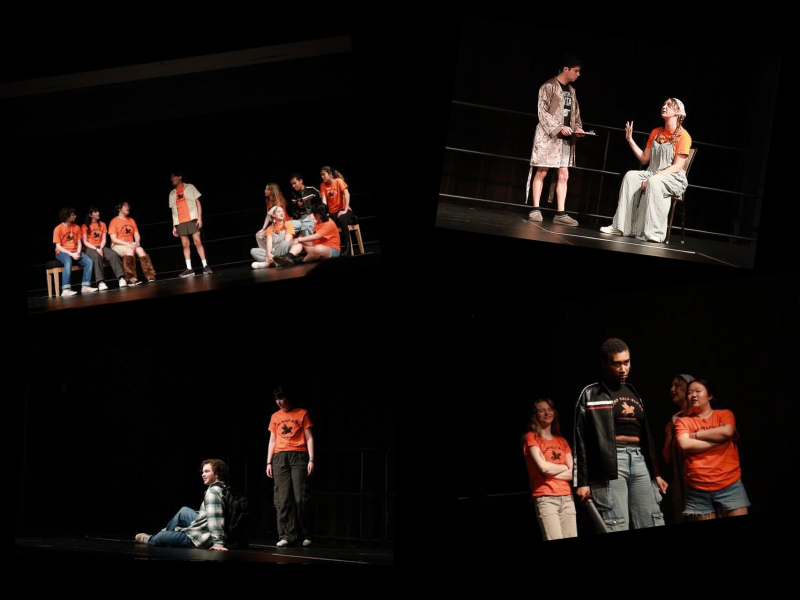The University of Maryland’s David C. Driskell Center just opened its new exhibit “Portraits of Who We Are,” which consists of portraits and self-portraits by African American artists, exploring what the works depict about individual artists as well as the culture and community around them.
A collection of African-American portraits is a rarity in the art community, according to the exhibition’s press release. The creators say that adds to its meaning.
“Part of the challenge for African-Americans was to assert a sense of identity in a world that was questioning that identity by birthright,” said Curlee Holton, the center’s executive director. “So the show allows us to think about how we can project it, how we see ourselves, how the world sees us and at the same time it makes an argument about art, aesthetics and visual philosophy so it’s amazing that you can bring these together at the same time.”
The pieces range in style and medium — there are photographs, oil paintings, a sculpture and more that tell stories unique to the artists.
Arcmanoro Niles, whose painting “To be Kings” is featured in the exhibition, used his art to reflect on his childhood in Washington, D.C.
“Personally, because this was the first group of paintings I did, I started really looking back and reflecting on my time in DC and looking at my relationship to the people I grew up with and my mom and stuff like that,” Niles said. “So personally, it was really about thinking about what made me who I am.”
The exhibition opened with a reception on Thursday, which senior Myles Poole attended with his advanced drawing class.
“You can regard this [exhibition] as one of the special moments where black artists can truly present themselves without censorship or without influence or without filtration,” the studio art major said. “When I see that as a black artist, I can really taste the identity of these people and how they want to express themselves without outside influence.”
The oldest piece of art in the exhibition is from 1910, and the most recent is from 2017. Holton said the subject of identity, which “Portraits” focuses on, is one that “crosses time.”
“Hopefully [the exhibition] does two things for [the university community]: it broadens their education and their exposure to the arts, [and] it makes them think about their own creation of self,” Holton said before referencing an essay on selfies in the exhibition’s catalog.
The center’s Deputy Director, Dorit Yaron, said it took almost two years to get the exhibition ready. Pieces featured are on loan from a variety of museums and organizations, like the Smithsonian National Portrait Gallery, Stetson University, the Smithsonian American Art Museum and more.
“This is a rare opportunity where we’re bringing the art to this campus,” Yaron said. “We are hoping many people will take advantage of looking at it.”
The Driskell Center can be found in Cole Student Activities Building, and “Portraits of Who We Are” will be on display through May 18.
“I definitely hope it will open some eyes,” Poole said. “I would say what most people would get out of this is the pure variety of expression you can achieve, even if you aren’t a black student, you’re just like any minority or even a white student — the bounds of your self-expression aren’t really limited.”



